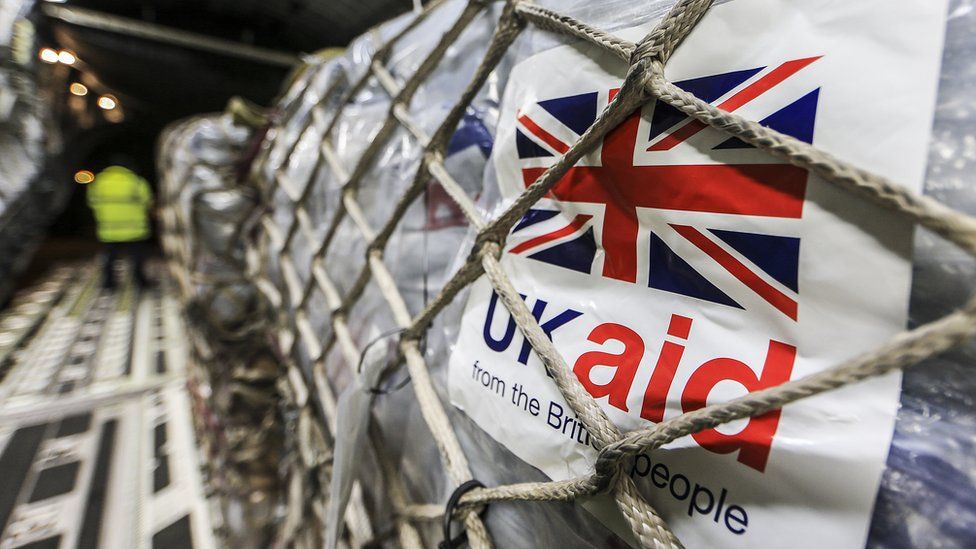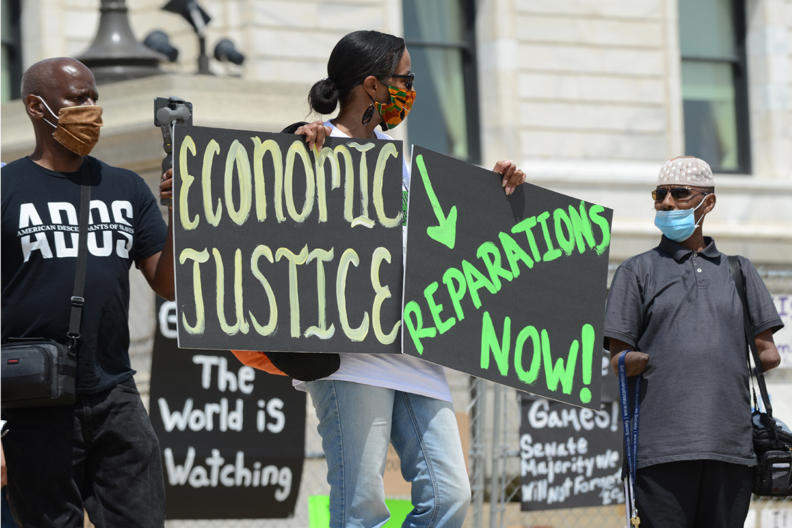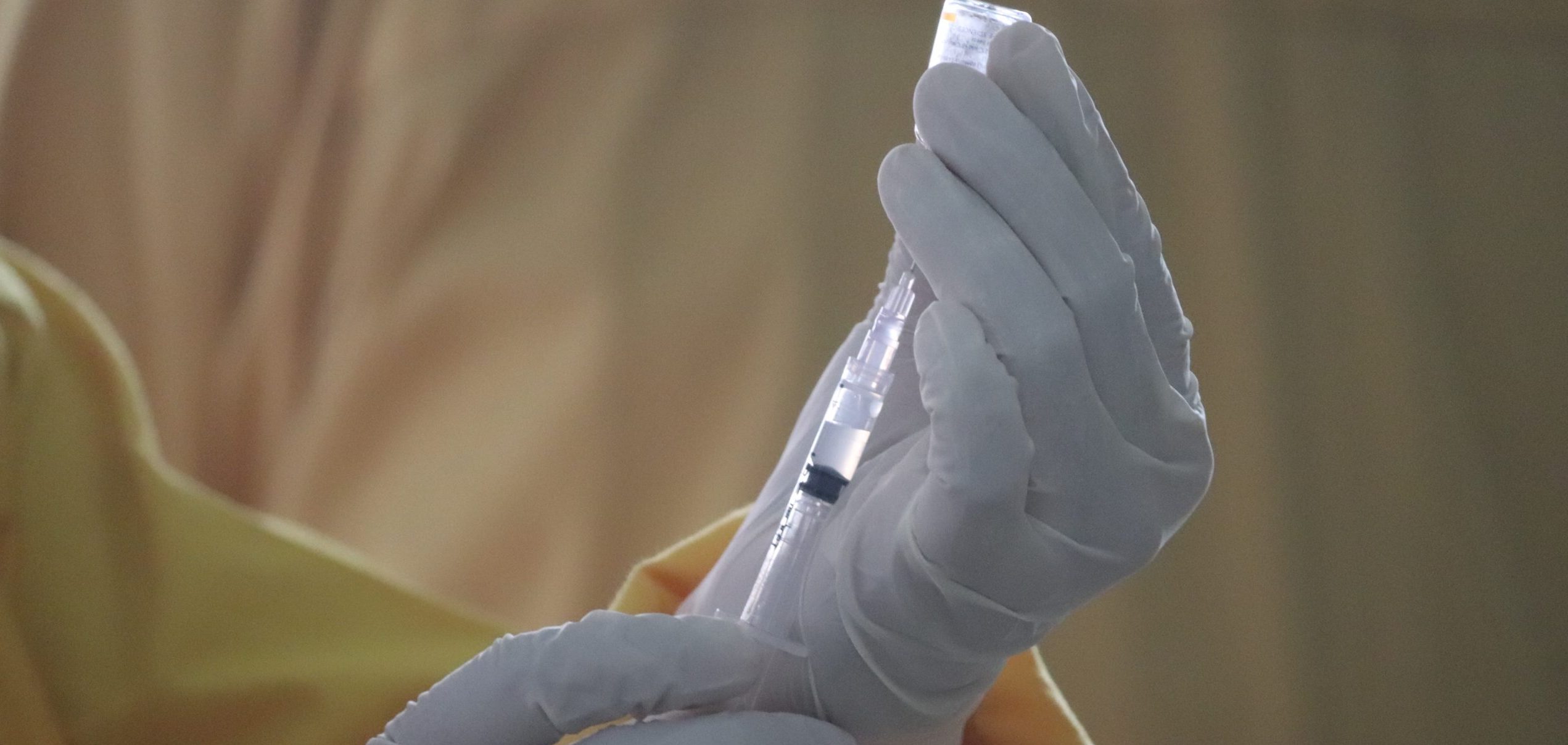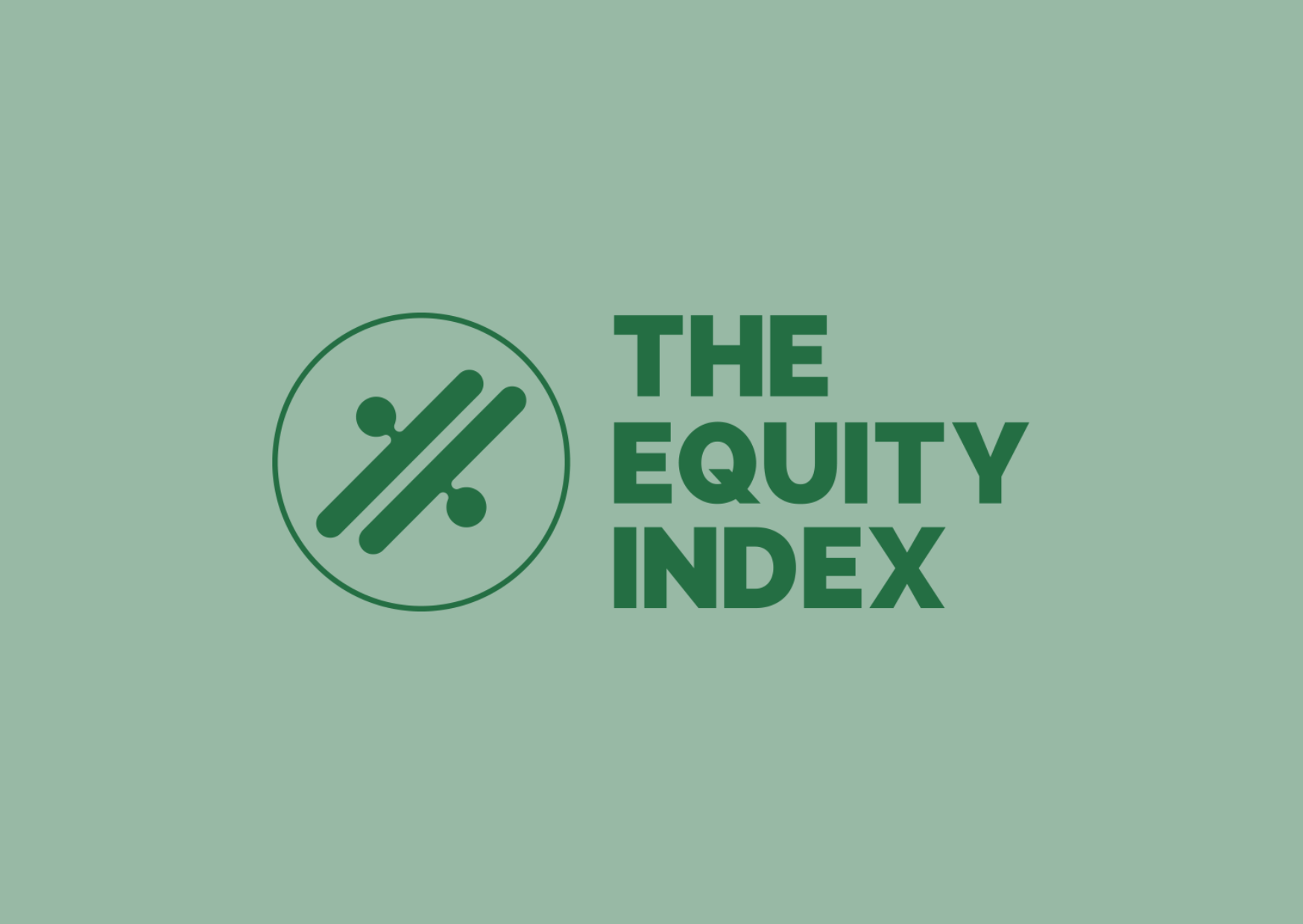What does the Provisional Aid Statistics for 2023 show us?
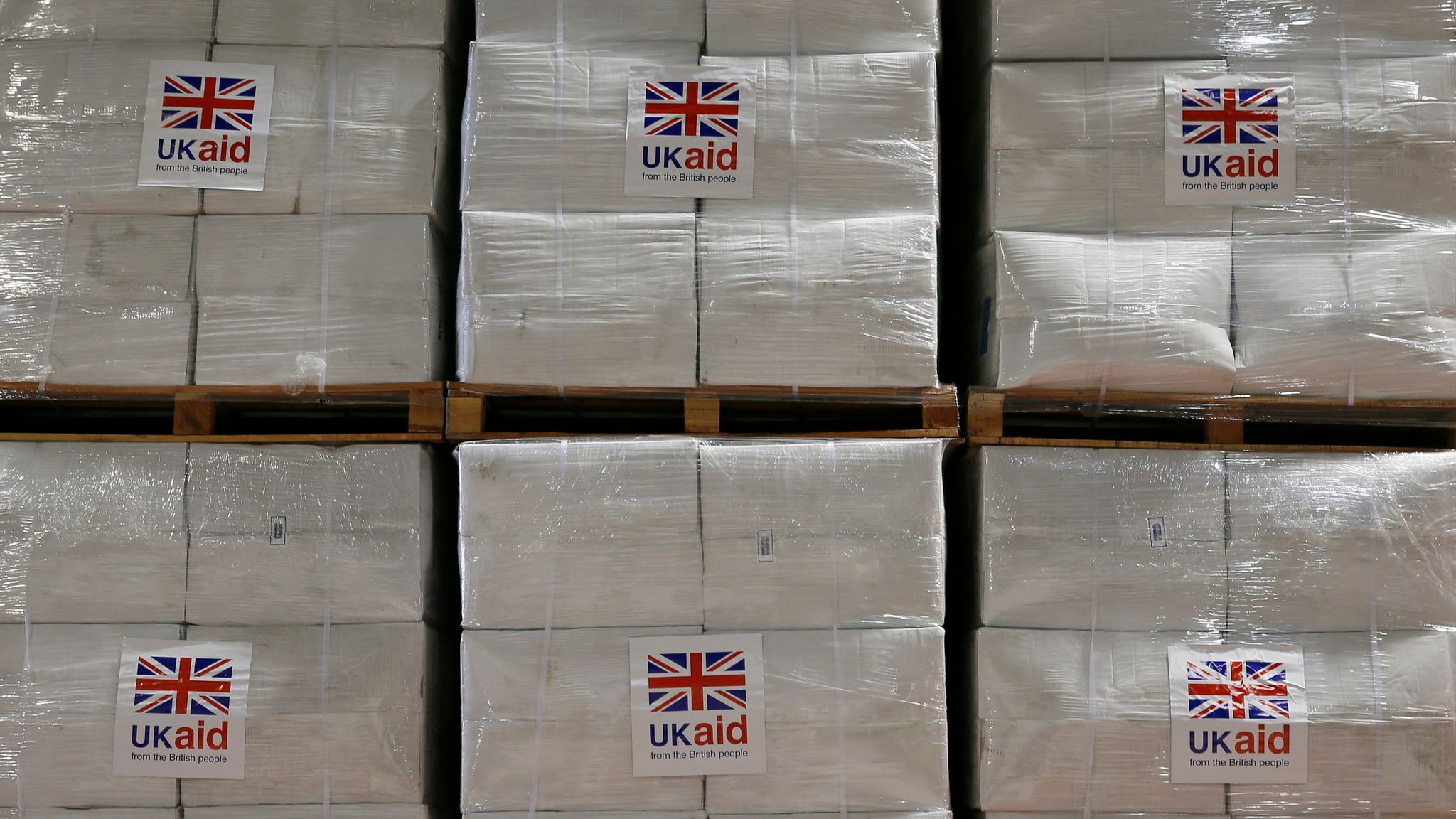
In 2022, the UK experienced an unprecedented change in its aid spending policy, which brought about dramatic consequences for many in low- and middle- income countries; a third of the UK’s Official Development Assistance (ODA) budget – that is aid officially meant for assistance and poverty reduction in developing countries – was spent at home to cover the costs for supporting refugees in their first year, including the much reported costs of housing asylum seekers. This worrying trend emerged following two years of cuts made to the development budget, when the government reduced its ODA to GNI ratio from 0.7% to 0.5%, citing the need to free up more resources to effectively tackle the Covid-19 pandemic as a justification. Since 2022, the increased spending on in-donor refugee costs within the UK has compounded these initial cuts even further, and with it, contributed to the decline of aid reaching millions of people abroad. Fast forward to today, the provisional aid statistics for 2023, which were released in April this year, outline the latest aid numbers – but what do these figures mean for the future of the UK’s aid and development initiatives?
The first thing to notice is that UK aid as a percentage of GNI rose to 0.58% in 2023, up from 0.51% in 2022, which, in more vivid terms, corresponds to an increase of £2.6 billion. While any uptick in the UK aid budget is welcomed, this particular increase was expected as part of the government’s commitment to raise ODA spending in the fiscal years 2022-2023 and 2023-2024, as outlined in the 2022 Autumn Statement. What will be crucial in 2024-2025 is to maintain these levels of funding, especially when considering that if the UK were to return to the 0.5% baseline rather than maintaining spending at 0.58%, as it did in 2023, then it could potentially lose out on an extra £2.2 billion in ODA.
Despite what at first glance looks like a promising change of direction from the government, a closer look at the data reveals that behind the increase in ODA spending there partly lies the same worrying trend outlined earlier, whereby resources earmarked for development are spent within the UK. In-donor refugee costs remained in fact extremely high across 2023, with the government spending £4.3 billion towards them. Although this might amount to only 28% of the total ODA budget, it represents 44% of the entire bilateral budget, an astonishing increase when taking into account that in 2022 in-donor refugee costs represented 38% of the bilateral budget.
Higher in-donor refugee costs were not the only driving factor behind the recent increase in ODA spending. The difference in aid spending between 2022 and 2023 also reflects the UK’s greater contribution to multilateral agencies. In 2023 the UK delivered 36% of its ODA through multilateral channels , a huge increase of £2.4 billion when compared to 2022, when the share of multilateral ODA stood at 25%. As for the overall rise in ODA, the year-on-year increase is not necessarily indicative of a major shift in the UK’s approach to aid and can potentially distract us from understanding longer-term trends. In 2022 the share of aid that went to multilateral agencies was in fact an anomaly; between 2017 and 2021, the UK spent on average 35% of its ODA through multilateral channels, meaning that the recent uptick in aid going to multilateral agencies merely brings the UK back in line with previous levels of spending. Nonetheless, considering a succession of multilateral agencies will be looking for funding in the coming years including Gavi, the Global Fund to Fight Aids, TB, and Malaria and the International Development Association, increasing the share of multilateral ODA is still a wise and necessary move.
As we anticipated, the recent trend of spending development aid at home, alongside previous cuts to the budget, are having a major impact on the capacity of the UK to provide assistance to low- and middle- income countries. Looking at where the money was spent abroad, we may notice that whilst the volume of the FCDO’s bilateral ODA to Africa stayed broadly similar to 2022 levels – a slight decrease of 0.8 per cent, equivalent to £8.5 million, was recorded – aid to all other regions reduced significantly. This trend was most acute in Asia, where a 33% decline in bilateral ODA, corresponding to £306 million, was registered.
The same pattern can be seen with the levels of bilateral ODA marked for humanitarian assistance, worrying news that comes at a time when devastating humanitarian crises across the world are on the rise. Looking at the data, what this means in practical terms is that in 2023 the UK spent just £888 million of bilateral ODA on humanitarian assistance, equivalent to a decrease of £221 million (20%) from the £1.1 billion spent in 2022.
The provisional statistics on UK ODA in 2023 have shown us that despite an uptick in aid spending, the worrying trends of spending development money at home, which started in 2020, has not slowed down. On the contrary, the continued rise of in-donor refugee costs and a decline in total spending in Africa and Asia are a testament to the current lack of focus on poverty reduction.







